Cypto vs Gold: Which Asset Shines Brighter in 2025?
Disclaimer: Global Coin is a dealer of precious metal coins and does not provide investment, financial, or legal advice. Any information provided in this content, including market commentary and insights, is for informational purposes only and should not be construed...
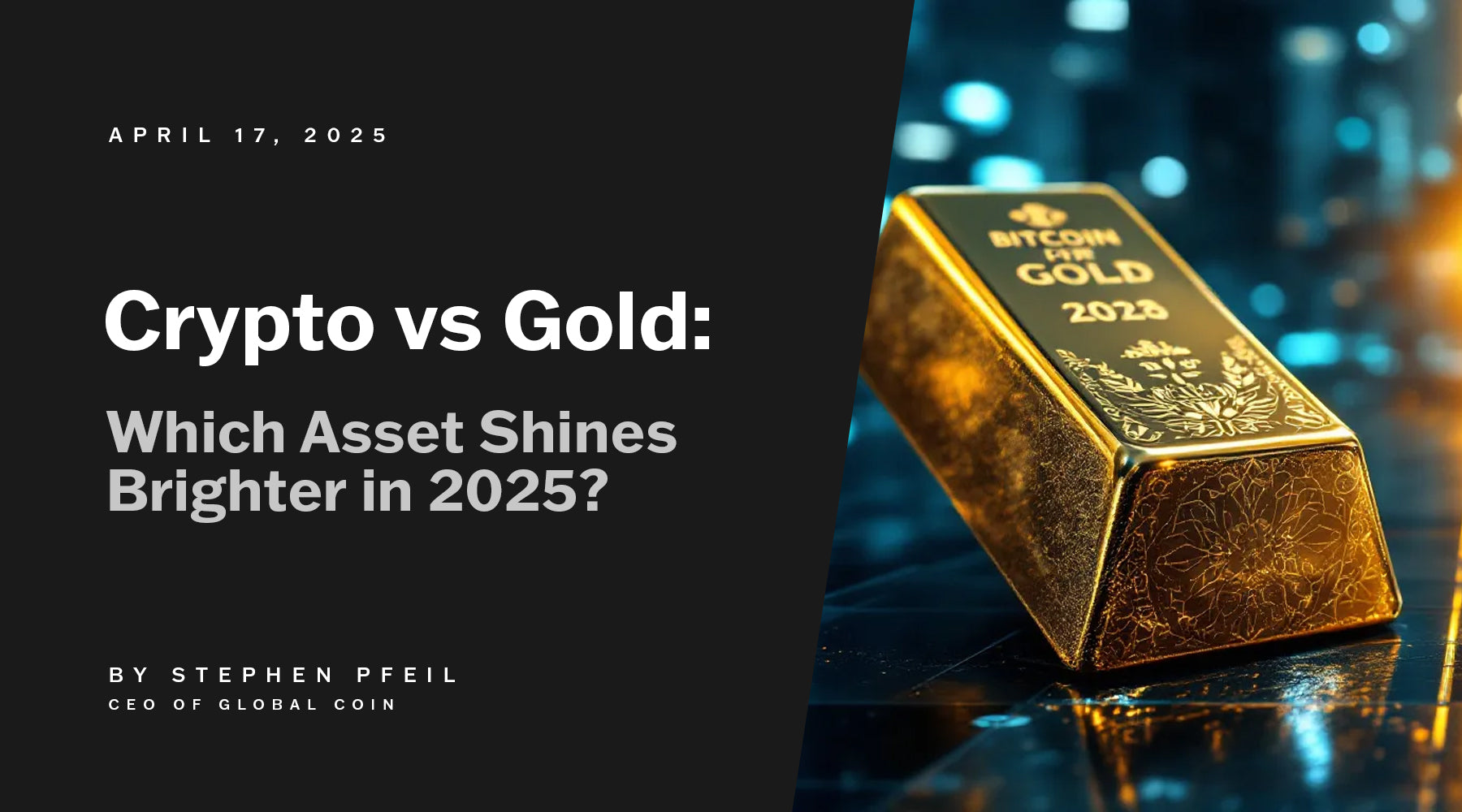
Disclaimer:
Global Coin is a dealer of precious metal coins and does not provide investment, financial, or legal advice. Any information provided in this content, including market commentary and insights, is for informational purposes only and should not be construed as investment advice. Investors should conduct their own due diligence and consult with a qualified financial professional before making any investment decisions. Gold and rare coin investments involve risks, and past performance is not indicative of future results.
Crypto or gold in 2025? This article dives into the key factors of crypto vs gold to help you make an informed decision.
Key Takeaways
-
Gold has a long-established role as a stable store of value, particularly during economic uncertainty, while Bitcoin offers significant growth potential but is characterized by volatility.
-
Bitcoin is increasingly being viewed as a ‘digital gold,’ but its effectiveness as a safe haven asset is still being debated, influenced by market conditions and investor trust in digital currencies.
-
Combining gold and Bitcoin in a diversified portfolio can enhance resilience, enabling benefit from the stability of gold and the growth opportunities presented by Bitcoin.
The Historical Context: Gold's 5,000-Year Legacy vs. Bitcoin's Decade of Growth

Gold, a centuries-old symbol of wealth and stability, has been a cornerstone of financial systems since its use in international trade began around 1500 BC in ancient Egypt. Its enduring legacy is a testament to its reliability as a store of value, especially during times of economic turmoil. Over millennia, gold has been the go-to asset for preserving wealth, transcending cultures and generations.
In stark contrast, Bitcoin, introduced in 2009, has quickly emerged as a decentralized digital currency with a maximum supply limit of 21 million coins. Despite its relatively few market cap and short existence, Bitcoin continues to gain traction, capturing the imagination and interest of investors and institutions alike. Its meteoric rise in the past decade has positioned it as a formidable contender in the investment world.
However, the differing reactions of investors during economic uncertainties highlight the contrast between these two assets. Gold’s stable nature makes it a preferred choice during crises, while Bitcoin’s price volatility can be a double-edged sword. Knowing the history of these assets helps evaluate their roles in today’s investment landscape.
Volatility vs. Stability: How Each Asset Performs During Economic Uncertainty
When markets and economies falter and investor sentiment wavers, the stability of gold shines through. Historically, gold has been recognized for its role as a hedge against inflation, often experiencing a negative correlation with stock markets, which underscores its protective qualities. During market downturns, risk-averse investors flock to gold, viewing it as a stable asset amidst the chaos of volatile economies.
On the other hand, Bitcoin’s journey has been marked by significant volatility. Its 1-year volatility is around 50%, more than double that of gold. While this volatility has diminished over the recent years, aligning Bitcoin’s risk profile with major technology stocks, it still poses challenges for its acceptance as a reliable store of value. Speculative trading and market sentiment heavily influence Bitcoin prices, making it a less stable option during economic uncertainty.
Yet, for those with higher risk tolerance, Bitcoin’s volatility can present opportunities for substantial gains. Despite its sensitivity to external market shocks, some investors see potential in its growth, even if it is volatile and sometimes amplifies losses during short periods because of economic stress. As such, the choice between gold and Bitcoin often boils down to individual risk tolerance and investment goals.
Digital Gold? Examining Bitcoin's Role as a Safe Haven Asset

Bitcoin’s role as a potential safe haven asset against inflation is a topic of ongoing debate. While growing institutional interest has bolstered market confidence, Bitcoin is still establishing its reputation in this domain. The concept of Bitcoin as “digital gold” suggests a digital counterpart to the precious metal, yet its effectiveness as a hedge against inflation remains under scrutiny.
The allure of Bitcoin lies in its decentralization and finite supply, characteristics that resonate with the principles of scarcity and value preservation found in physical gold. However, unlike gold, Bitcoin’s value is tied to its digital payment infrastructure and the trust in blockchain technology. This abstract nature can create uncertainty, particularly among new investors who prefer the tangibility of physical assets and money.
As the debate continues, Bitcoin’s role as a safe haven asset is evolving. While it has yet to rise to fully match the stability of traditional precious metals, its growing acceptance and institutional adoption signal a promising future. The journey to becoming a true “digital gold” is ongoing, with investor perception and market dynamics playing crucial roles.
Tangibility Matters: Physical Gold vs. Digital Assets
The tangibility of gold offers a permanence that digital assets simply cannot match. As a physical asset, gold provides individuals with a tangible store of value, giving them confidence in its reliability. Holding physical gold, whether in the form of bullion or coins, conveys security that is deeply rooted in its physical presence.
Conversely, Bitcoin’s value is derived from blockchain technology, which relies on trust in its digital infrastructure rather than having a physical form. This abstract nature of digital wallets contrasts sharply with the confidence often associated with owning physical assets like gold. For many investors, the idea of holding digital keys instead of a tangible asset or cash can be unsettling.
The discussion on the tangibility of assets highlights the differing perspectives of investors. While some embrace the innovation and potential of digital currencies, others remain steadfast in their preference for physical assets. This dichotomy underscores the importance of understanding the nature of the assets in which one chooses to invest.
Environmental Impact: Gold Mining vs. Cryptocurrency Mining

The environmental impact of mining activities is a critical concern for both gold and Bitcoin. Bitcoin mining consumes around 176 terawatt-hours of electricity each year, surpassing the 132 terawatt-hours consumed by gold mining. This significant energy consumption has raised alarms about the sustainability of Bitcoin mining operations.
Moreover, the process of mining a single Bitcoin generates about 590 tonnes of CO2 emissions, far greater than the 38 tonnes of emissions associated with mining an equivalent value of gold. These stark differences in environmental impact have fueled debates on the sustainability of cryptocurrency mining compared to traditional gold mining.
Both industries face scrutiny regarding their environmental footprints past performance, prompting discussions about advancements and practices to mitigate these impacts. As investors become increasingly conscious of environmental issues, the sustainability of mining practices will play a crucial role in shaping the future of these assets.
Regulation and Security: Fiat Currencies, Precious Metals, and Cryptos
The regulatory landscape for Bitcoin, gold, and fiat currencies is key to investor confidence and market stability. Central banks are pressured to enhance fiat currencies to remain competitive with crypto assets. Effective regulatory measures are essential to prevent illicit activities and protect consumers in the crypto market. President Trump has vowed to modernize the regulatory environment to accommodate cryptocurrencies and NFTs and appointed Silicon Valley stalwart David Sachs as the White House's crypto advisor. Sach's first priority is the regulation of stable coins, which are cryptocurrencies pegged to the US Dollar. According to Sachs, the goal of President Trump to make the United States the world leader in crypto currencies and modernize the regulations surrounding this asset class are critical.
Spot Bitcoin ETFs, which track the actual price of Bitcoin by holding it in reserve, have emerged as a secure investment vehicle, appealing to both institutional and retail investors. These financial instruments operate within regulated markets, providing a level of security that mitigates risks associated with fraud and market manipulation. This regulatory framework enhances retail investors’ confidence and legitimizes Bitcoin as a viable investment option.
Precious metals like gold have long operated within established regulatory frameworks, contributing to their perception as stable and secure investments. The role of central banks and regulatory bodies in shaping the future of these assets cannot be overstated, as they strive to balance innovation in finance with consumer protection.
Liquidity and Accessibility: Trading Gold and Bitcoin
Gold traditionally enjoys higher liquidity than Bitcoin due to its established status as a safe-haven asset. Gold is traded in various forms, including bullion, coins, and ETFs, providing multiple liquidity, exchange and payment options. However, trading physical gold often involves higher transaction fees and logistical considerations related to storage and shipment.
In contrast to cash, for example, Bitcoin’s liquidity has dramatically increased over the past few years, thanks to a growing number of trading platforms and increased market participation. As a digital asset, Bitcoin can be traded 24/7 on numerous exchanges, offering quick and nearly instantaneous transactions. The emergence of decentralized exchanges has further simplified Bitcoin trading, allowing users to buy and sell directly without intermediaries.
Despite its increased liquidity, Bitcoin’s connection to market sentiment can cause fluctuations, making it less predictable than gold. Both assets offer unique liquidity and accessibility advantages, catering to different investor preferences and trading strategies.
Appreciation Potential: Short-Term Gains vs. Long-Term Value
Bitcoin’s high growth potential makes it an attractive option for those seeking quick returns. Factors such as limited supply and increasing mainstream adoption have driven Bitcoin’s price appreciation, appealing to investors willing to embrace its speculative nature. However risky, its historical volatility suggests that it should only form a small portion of a diversified portfolio.
Gold, on the other hand, is considered a reliable store of value due to its finite resource, intrinsic value, and universal recognition. Conservative investors find gold particularly appealing for long-term capital preservation, despite its modest growth potential compared to riskier assets like Bitcoin. This enduring reliability makes gold a cornerstone for those prioritizing stability over high returns.
A balanced investment approach that incorporates both Bitcoin and gold can offer the best of both worlds. By diversifying their investment portfolios, investors can mitigate risks while capitalizing on the unique advantages each asset offers.
Diversification: Combining Gold and Bitcoin
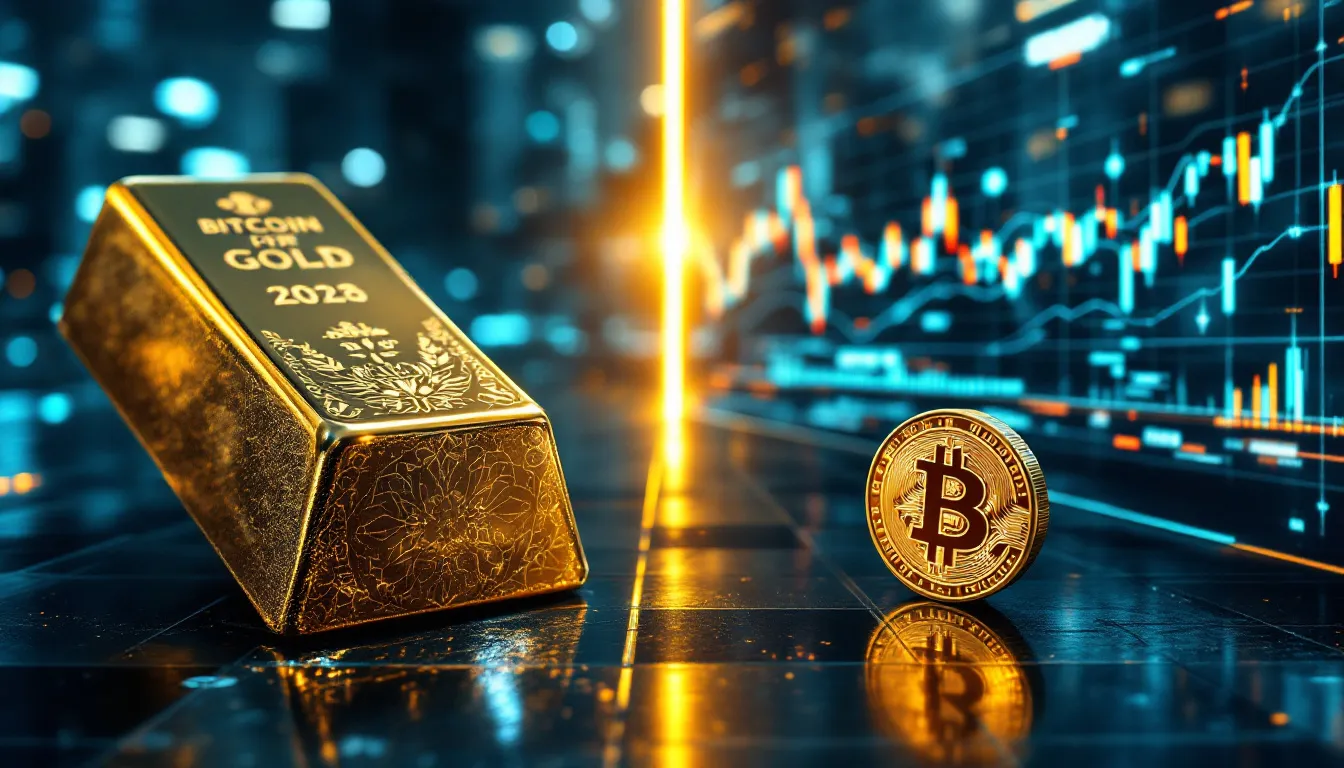
According to experts, diversification is a fundamental principle of sound investing, and combining gold and Bitcoin can enhance a portfolio’s resilience. High-net-worth investors increasingly view gold and crypto currencies as distinct yet complementary assets. While gold serves as a safe haven during market turbulence, Bitcoin is perceived better investment than for its growth potential.
A modest allocation of Bitcoin, suggested by investment experts of around 2%, can enhance a diversified multi-asset portfolio. Gold’s low correlation with equities helps mitigate overall portfolio risk, for example while Bitcoin’s unique characteristics offer a hedge against different market conditions.
Both gold and Bitcoin are uncorrelated assets with positive long-term returns, making them valuable additions to a diversification strategy. By understanding and leveraging the differing characteristics of these assets, investors can build robust portfolios that withstand various economic scenarios.
Future Outlook: Predicting Trends for Gold and Bitcoin
Predicting future price trends for gold and Bitcoin involves considering various market dynamics and geopolitical factors. The Bitcoin-to-gold ratio has declined significantly, indicating Bitcoin’s struggle to maintain its value compared to gold. For Bitcoin to emerge as a more dominant asset, it may need to capture a larger share of the gold market.
Geopolitical tensions and expansive monetary policies typically drive markets towards gold, leading to increased demand and higher prices. Conversely, Bitcoin’s future will likely be shaped by its adoption, expected regulatory developments, and expected technological advancements.
Both assets have unique trajectories influenced by global economic conditions. As we look ahead, investors must remain vigilant and adaptable to the evolving landscape, leveraging the strengths of both gold and Bitcoin to navigate future uncertainties.
Global Coin: True Wealth in Your Hands
Global Coin offers individuals the unique ability to own tangible, high-quality precious metal coins—assets they can hold in the palm of their hand, free from reliance on the internet, electricity, or external systems. Unlike Bitcoin, which exists solely in the digital realm and depends on blockchain infrastructure for its value and accessibility, gold coins are physical, timeless, and universally recognized. As debates over "digital gold" continue, Global Coin provides investors with the certainty of real gold—rare, collectible, and historically proven to withstand economic turbulence. For those who value security, legacy, and true ownership, Global Coin delivers exclusive access to scarce -graded coins that stand resilient in any financial climate.
Summary
In summary, gold’s 5,000-year legacy as a stable store of value contrasts with Bitcoin’s decade of rapid growth and volatility. Gold’s stability and reliability make it a preferred choice during economic uncertainty, while Bitcoin’s high growth potential appeals to those seeking quick returns. The tangible nature of gold provides a sense of security, whereas Bitcoin’s digital infrastructure offers unique advantages in liquidity and accessibility.
Both assets face environmental and regulatory challenges, but their roles in diversified portfolios remain significant. By combining gold and Bitcoin, investors can mitigate risks and capitalize on many applications the unique benefits each asset offers better investment further.
As we move forward, the future of these investments will be shaped by market dynamics, regulatory developments, and global economic conditions. Embracing a balanced approach will help investors navigate the complexities of the financial landscape in 2025 and beyond.
Related Articles
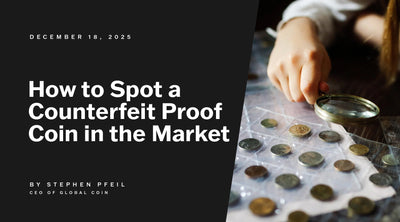
How to Spot a Counterfeit Proof Coin in the Market
How to Spot a Counterfeit Proof Coin in the Market In the world of numismatics, few things hold ...
Discover More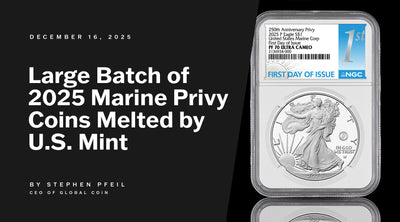
BREAKING NUMISMATIC NEWS: Large batch of 2025 Marine Privy Coins MELTED by U.S. Mint
BREAKING NUMISMATIC NEWS: Large batch of 2025 Marine Privy Coins MELTED by U.S. Mint A historic ...
Discover More
Tax Implications When You Sell Gold Bullion in Different States
Disclaimer: The following content is for informational purposes only and should not be construed ...
Discover More





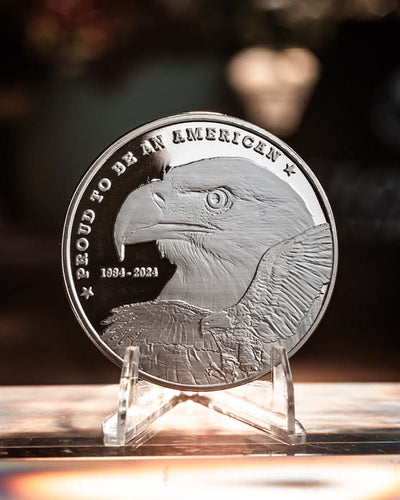
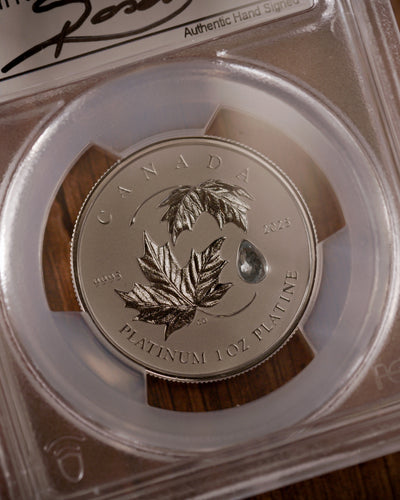

Leave a comment
This site is protected by hCaptcha and the hCaptcha Privacy Policy and Terms of Service apply.